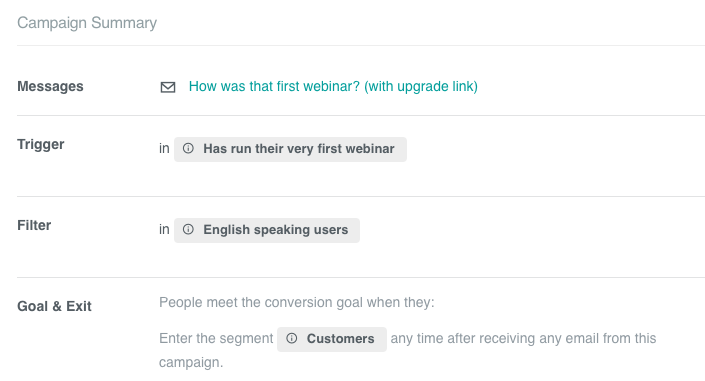How Creativeo More Than Doubled Their Open Rates in 30 Days
Creativeo helps businesses clarify their brand’s message and grow their business. They do this by helping their clients implement the StoryBrand Marketing Framework.
Recognizing the core of an effective marketing strategy is the ability to connect and engage with your customers. When emails do not reach their intended customers, it doesn’t matter how clear the message is; your business will struggle to grow.
Customer.io knows full well the frustration marketers feel, like Creativeo, when they can’t engage customers with relevant messages. And while many automated email marketing platforms are available to enable you to create and automate marketing messages today, most fall short in helping marketers improve their inbox deliverability.
Improve Deliverability or Bust
Creativeo was facing a challenge that many businesses relate to prior to switching to Customer.io. They were experiencing a consistent drop in client’s email engagement. To ensure their client’s success, Creativeo needed to pinpoint what was preventing their email campaigns from arriving in the inbox.
Unfortunately, their client’s ESP kept giving them the run around without any concrete insight into the cause and, ultimately, what the solution could be. They knew something had to change and fast. Creativeo needed an email marketing platform that would:
1. Help improve their client’s inbox delivery rate
2. Broaden the channels for their clients to connect with their customers outside of email
They began their search for an ESP partner with a robust automated messaging platform and the resources to help improve overall email deliverability. Customer.io fit the bill.
Dedicated Support with Customer.io
During the first 30 days of onboarding, Customer.io’s dedicated success manager and deliverability team worked closely with Creativeo’s team to identify the factors impacting their client’s inbox rate.
Customer.io’s team of experts revealed potential risks and jumped right into troubleshooting reputation issues, all while guiding Creativeo on how to maintain a strong sender reputation.
Customer.io provided (and still provides to this day) around-the-clock monitoring for all email campaigns and crafted a custom deliverability plan to address the various issues identified that were preventing inbox placement.
Without interruption to their existing email campaigns, Creativeo seamlessly transitioned to Customer.io and started engaging with their 150,000+ customers through a series of targeted and automated campaigns.
Success from the Start
An 8% average unique open rate to a million emails a month is dismal. With Customer.io, Creativeo now sees higher open rates and better engagement.
In fact, within 30 days of using Customer.io’s platform and implementing our deliverability’s send strategy, Creativeo’s unique open rate improved to 19.8%—a 147% increase!

This higher engagement rate turned into a back-to-back monthly sales record for their clients. Now, with consistent inbox delivery, Creativeo is helping its clients develop a multi-channel engagement strategy.
“Creativeo’s client improved their average unique open rate by 147% by implementing Customer.io’s email deliverability plan in only 30 days.”
On top of that, with all of their customer data is in Customer.io, Creativeo sends timely behavioral SMSs and on-demand postcards to customers based on their unique behavior.
In Creativeo’s own words, “Customer.io has put our clients ahead of the competition.” They now start conversations with their clients with, “How would your business look if you could have a multi-channel engagement strategy with a high inbox rate?”
The possibility of unlocking growth starts with Customer.io at the heart of your messaging stack.

















